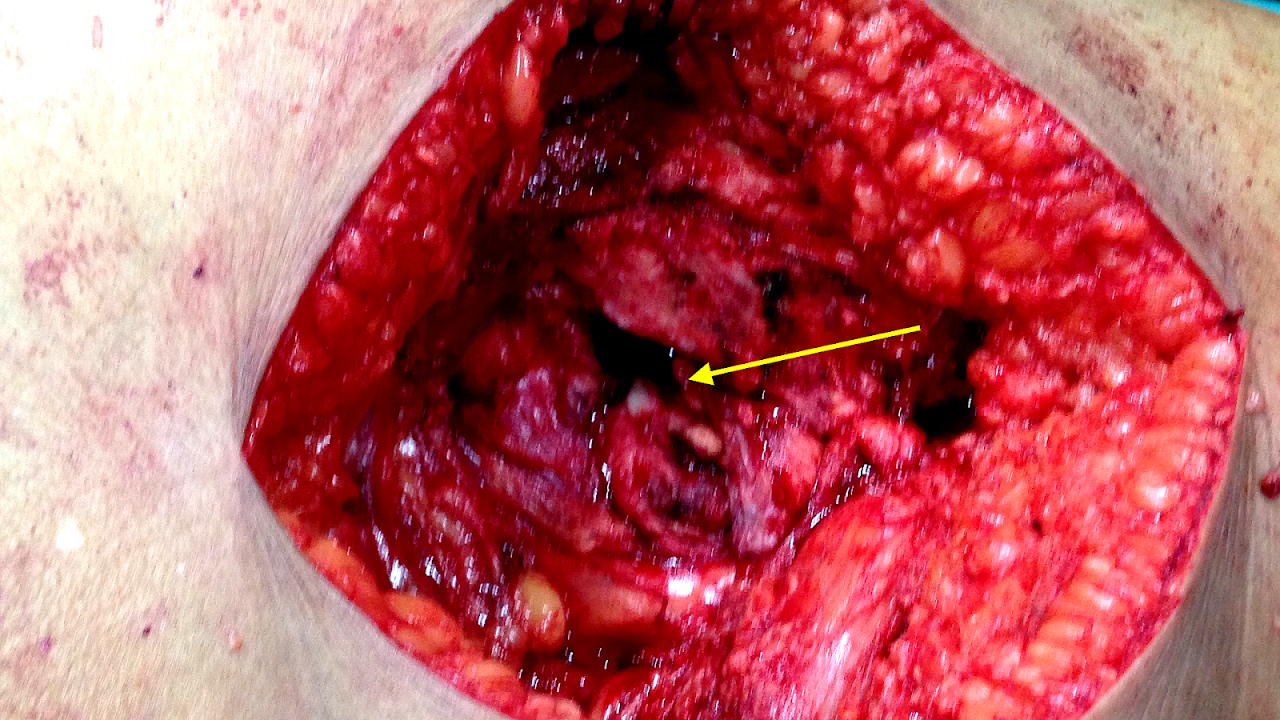
The anterior interosseous nerve (volar interosseous nerve) is a branch of the median nerve that supplies the deep muscles on the anterior of the forearm, except the ulnar (medial) half of the flexor digitorum profundus.
It accompanies the anterior interosseous artery along the anterior of the interosseous membrane of the forearm, in the interval between the flexor pollicis longus and flexor digitorum profundus, supplying the whole of the former and (most commonly) the radial half of the latter, and ending below in the pronator quadratus and wrist joint.
Many texts, for simplicity's sake, consider this nerve part of the median nerve.
Note that the median nerve supplies all flexor muscles of the forearm except for the ulnar half of flexor digitorum profundus and the flexor carpi ulnaris, which is a superficial muscle of the forearm.

Maps, Directions, and Place Reviews
Innervation
The anterior interosseous nerve classically innervates three muscles:
which are deep muscles of the forearm
- flexor pollicis longus
- pronator quadratus
- the radial half of flexor digitorum profundus (the lateral two out of the four tendons).
and the inferior radioulnar, wrist and carpal joints.
Osseous Injury Video
Injury
A branch of the median nerve, the anterior interosseous nerve (AIN) can be affected by either direct penetrating injury or compression in a fashion similar to carpal tunnel syndrome. The compression neuropathy is referred to an Anterior Interosseous Syndrome. As might be expected, the symptoms involve weakness in the muscle innervated by the AIN including the flexor digitorum profundus muscle to the index (and sometimes the middle) finger, the flexor pollicis longus muscle to the thumb and the pronator quadratus of the distal forearm. As opposed to carpal tunnel syndrome, the AIN has no sensory fibers and therefore no numbness associated with the Anterior Interosseous Syndrome. Non-surgical treatment consists of splinting, proximal tissue massage and anti-inflammatory drugs. Surgical treatment consists of releasing the compression on the nerve from surrounding structures. Pronator Syndrome is similar, but involves both the AIN as well as the median nerve proper.

Clinical significance
Following peripheral nerve injury to the ulnar nerve, the AIN is often used as a donor branch to reinnervate the paralysed muscles innervated by the ulnar nerve.
Source of the article : Wikipedia


EmoticonEmoticon